Artist Spotlight: Boogie T
April 22, 2024
April 22, 2024
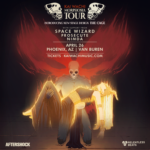 Kai Wachi – Morphosia Tour
Kai Wachi – Morphosia Tour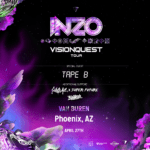 INZO presents Visionquest at The Van Buren
INZO presents Visionquest at The Van Buren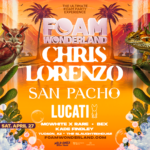 Foam Wonderland Tucson ft. Chris Lorenzo, San Pacho, Lucati + more!
Foam Wonderland Tucson ft. Chris Lorenzo, San Pacho, Lucati + more!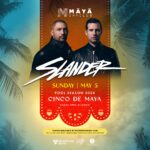 SLANDER | Cinco De Maya
SLANDER | Cinco De Maya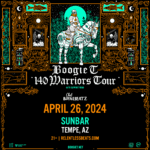 Boogie T Presents 140 Warriors Tour
Boogie T Presents 140 Warriors Tour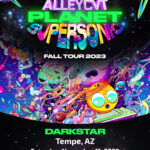 ALLEYCVT – Planet Supersonic Fall Tour 2023
ALLEYCVT – Planet Supersonic Fall Tour 2023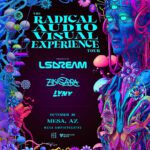 LSDREAM
LSDREAM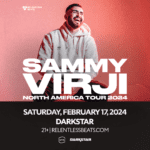 Sammy Virji
Sammy Virji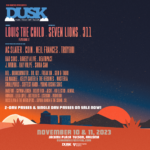 DUSK 2023
DUSK 2023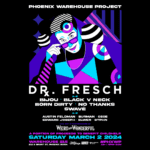 Dr. Fresch | Phoenix Warehouse Project
Dr. Fresch | Phoenix Warehouse Project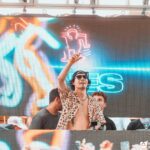 SIDEPIECE & Disco Lines Unleash Pre-Summer House Bop, 'Give It To Me Good'
SIDEPIECE & Disco Lines Unleash Pre-Summer House Bop, 'Give It To Me Good' Artist Spotlight: Boogie T
Artist Spotlight: Boogie T  Your Weekly Vibe Check: The Ultimate Mix – This Week's Must-Attend Shows!
Your Weekly Vibe Check: The Ultimate Mix – This Week's Must-Attend Shows!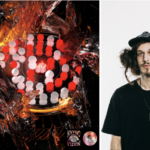 Phantogram Joins Forces with Subtronics & Rezz on Explosive New Version of 'Black Ice'
Phantogram Joins Forces with Subtronics & Rezz on Explosive New Version of 'Black Ice' Remix Recall: Best of TroyBoi
Remix Recall: Best of TroyBoi Capozzi
Capozzi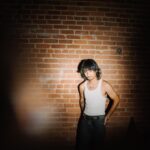 ISOxo
ISOxo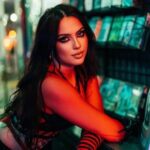 Bella Renee
Bella Renee Yetep
Yetep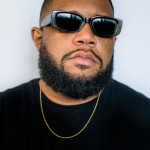 Gordo
GordoMy personal history with electronic music is somewhat embarrassing, as I stumbled upon the genre by accident one day in middle school. I heard some of the ‘cooler’ older kids listening to a type of music that I believed to be loud, alien, and futuristic. I grew up listening to Counting Crows, Blues Traveler, and Dave Matthews while most of my peer group listened to Iyaz, Pitbull, Kanye West, and other late 2000’s stars. I was sick of listening to one track party music and wanted something that really expressed my adolescent energy. This weird mix of robotic sounds, deep bass, and mesmerizing vocals fascinated and terrified me all at once. It wasn’t necessarily the “popular” kids who listened to the music, but I noticed some similarities in the pop songs played at school dances and these loud electronic melodies.
After a bit of time passed, my curiosity caved in and I summoned up the courage to ask one of the 8th graders what type of music they were listening to. He said names like Skrillex, Deadmau5, and Knife Party and I quickly listened to the 10-second previews of their music on iTunes. I recognized some of the songs like “Scary Monsters and Nice Sprites,” “Ghosts ‘n’ Stuff,” and “Centipede,” and quickly grew to love this genre. The kids called it Dubstep, but it wasn’t until recent years that I’ve heard the genre called “brostep” because this type of music was too simplistic compared to modern day dub.
As years passed I went on to listen to artists like Swedish House Mafia, Bassnectar, and Pretty Lights, but it wasn’t until later that I learned how extensive electronic dance music truly is. Today, EDM is more sophisticated and it’s advanced technology allows artists to capture an emotion or articulate a story through their music. However, several years ago, brostep used the nascent technology to show the mainstream world what EDM was capable of. Brostep was loud, fun, and held a deeper meaning to the young, musical outcasts.
Recently, I was talking to a few of my friends and asked them where they first heard EDM and who they first liked. A lot of them brought up the same “brostep” artists and each of them explained how they “no longer listen to that type of music.” I felt an instinctive need to defend my Knife Party years and was a little embarrassed by my introduction into EDM. In the music community, it seems that a lot of fans discredit their love for an older artist just because more a “sophisticated” sound has taken over the mainstream. The truth is, brostep artists were important to the early popularization of EDM. When I first watched the music video to “Bangarang” by Skrillex, the hair on the back of my neck stood up. I remember riding my bike from class and having the song “Bonfire” by Knife Party on repeat on my iPod Touch. I remember playing “Levels” by Avicii for the first time with my friends who primarily listened to pop and them telling me “this is the best song I have ever heard.” For me, EDM is the genre that shifted the way I hear and see the world.
My advice for those reading this article is to go outside of your comfort zone. Ask about that interesting sound you heard, and go out and find new interesting sounds within your local scene. Music is constantly changing and I believe that these years are the most important for the future of EDM. In order to remain a strong community, we as music lovers should remember and respect our origins, yet continue to support new artists who will create the future generations of EDM.